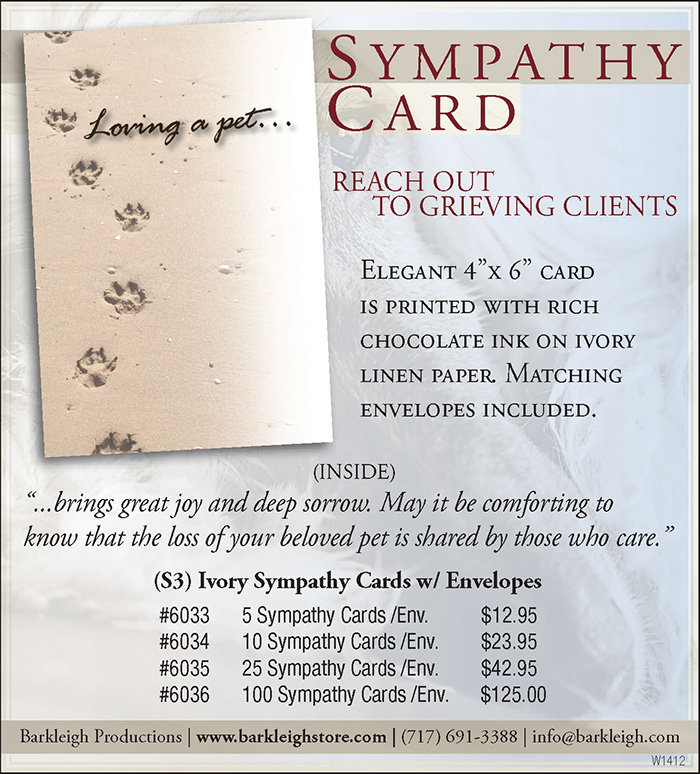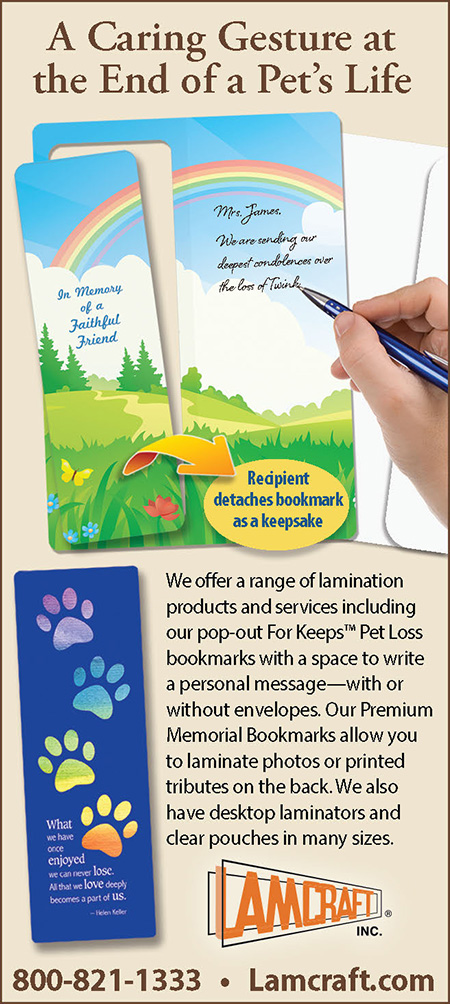


By United Spay Alliance
ince the COVID-19 pandemic began, there is an estimated backlog of 2.7 million spay/neuter surgeries.1 And with more and more veterinary professionals leaving the field, the gap is growing, leaving rural areas impacted the hardest.
While there is no single solution to this very complex situation, there are ways for private practice veterinarians to get involved in providing low-cost spay/neuter surgeries to their community, while still making money for their practice. However, there is no one-size-fits-all approach. Instead, veterinarians should review the options available and decide which model (or models) is best suited for them and their practice.
A common intervention is to coordinate or volunteer to provide a high-quality, high-volume spay/neuter clinic. Through these clinics, large numbers of animals can be altered in a short period of time. They can target specific communities and/or income-levels, and remain an invaluable resource for helping animals.
Veterinarians may also consider learning and implementing high-quality, high-volume spay/neuter techniques into their everyday practice. Using traditional methods, a spay surgery takes approximately 15-20 minutes. However, using new techniques, spay surgeries can be done safely and effectively in a much shorter period of time. These techniques may enable veterinarians to perform more surgeries in the same amount of time, thus increasing the overall number of appointments available to clients and the community, and revenue for the veterinary practice.
Yes, there is.
Private veterinary practices can perform spay and neuter surgeries on days when the practice is normally closed, using their existing resources to implement a revenue-generating program for the business, while also serving a portion of the community which may not otherwise have access to veterinary care.
You read that right…One of the easiest things private veterinary practices can do is to open their doors when they might otherwise be closed.
What’s more, you don’t have to do it all! Once you decide on the day(s) or timeframe your clinic can be available, reach out to a local rescue group and see if they’d be interested in working together. This approach has been referred to as the “Private Practice Partnership,” or “In-Clinic Clinic model.”
Many animal welfare organizations do their work without any brick-and-mortar location to speak of. Others may have the physical space, but not the resources that would make a spay/neuter clinic possible. Clinic space may be volunteered freely, or it can be made available to rent for a reasonable fee. This fee would cover the expense of “keeping the lights on” for the day, and possibly offer some small revenue for a day that would have otherwise been entirely unprofitable.
Better yet, this approach requires minimal startup costs. The clinic and office space are already there, and the host veterinarians and veterinary technicians are not required to volunteer their time (but may elect to do so). Instead, the animal welfare organization takes the lead in coordinating volunteers, sourcing animals and appointments, and doing all of the work outside of the surgery suite itself.

Or, rather than opening on a weekend, you could simply decide to dedicate a specific time each week or each month for this effort. However, it would be a period of time focused on providing spay/neuter surgeries at a low cost. These events, even just one day, can accommodate a high volume of surgeries. Whether they are held once a week, once a month or even just once a year, every little bit counts.

When asked what the secret to success is with the Private Practice Partnership model, Steinberger replied, “Good communication is key to keeping these programs on track. The veterinarian (or clinic management) and the partnering organization must have all the pieces spelled out, including who is responsible for which tasks.”
Let’s run the numbers…
Imagine, for example, that a voucher means you are subsidizing 50% of the surgery cost. If that client were to come in during normal business hours, when the cost of a spay surgery is $300, you would be subsidizing $150. However, if that same client came in during a low-cost clinic, where the cost of a spay surgery is just $50, then you would only be subsidizing $25. (And many clients find that they can afford the low-cost services without the additional voucher assistance.) By grouping these services together, the process becomes more efficient and cost-effective across the board.
So, where do you start?
The first step is to decide which model will work best for you and your practice. Then, reach out to local animal welfare organizations or shelters, let them know your clinic may be available and see if they’d be open to a collaboration to bring affordable spay/neuter to your community. Next, work with that group as needed to plan the event. Odds are, their team will take it away, finding all the staff and volunteers that might be needed to make the event possible.
This is just one approach of many that private veterinary practices might consider to increase the availability of low-cost spay/neuter appointments in their community.
- Guerios S, Porcher T, et al. (2022) COVID-19 Associated Reduction in Elective Spay-Neuter Surgeries for Dogs and Cats. Frontiers in Veterinary Science. www.frontiersin.org/articles/10.3389/fvets.2022.912893/full
- Spay FIRST! Private Practice Partnership. www.spayfirst.org/private-practice-partnerships
United Spay Alliance was founded to help solve the crisis of cat and dog homelessness through the promotion of accessible, affordable spay/neuter services. When more animals are spayed and neutered, fewer animals enter shelters. United Spay Alliance maintains a state-by-state directory of spay/neuter resources. We’ve built relationships with grassroots leaders, and fostered an alliance to encourage collaboration, and facilitate more spay/neuter services for pets and families in need. United Spay Alliance promotes “Feline Fix by Five,” which aims to empower veterinarians to talk to their clients about the best time to spay/neuter kittens; before five months of age. Learn more at unitedspayalliance.org

